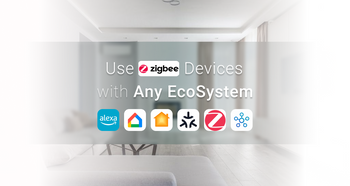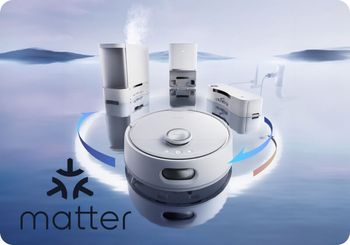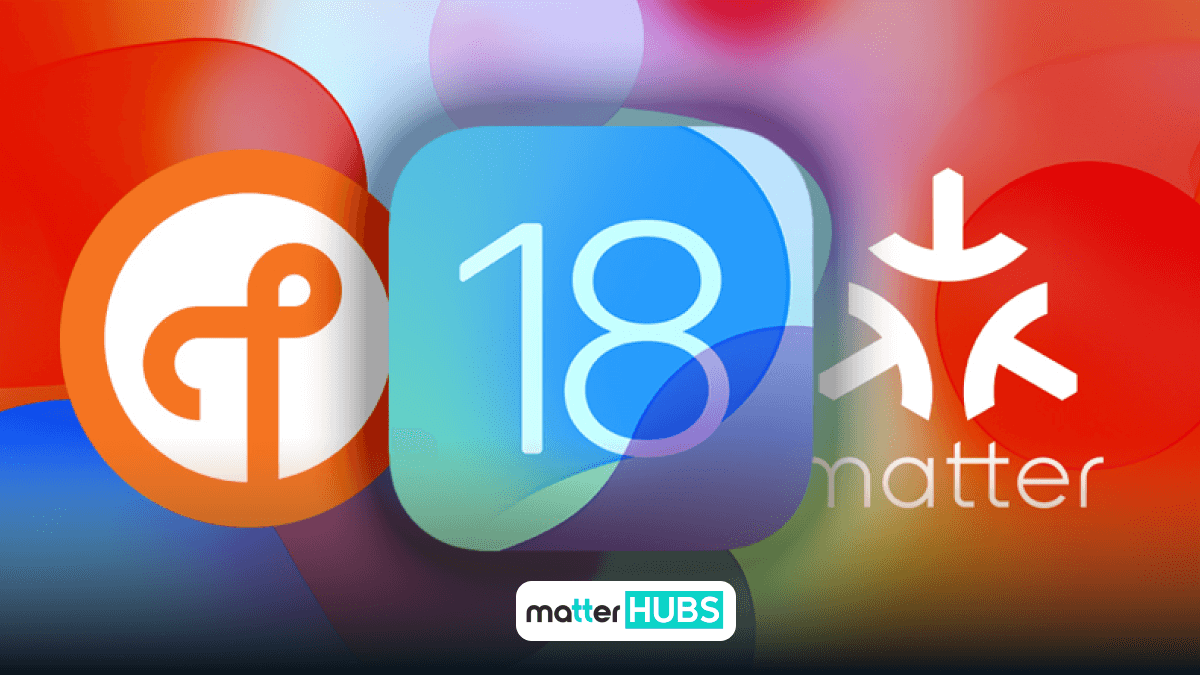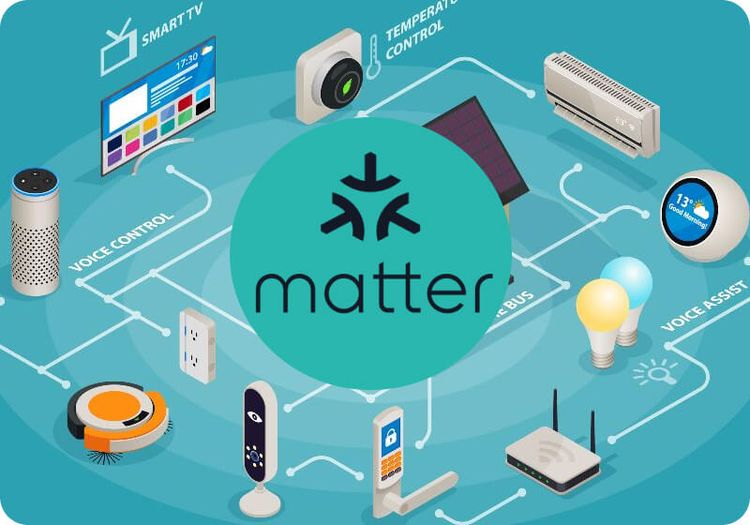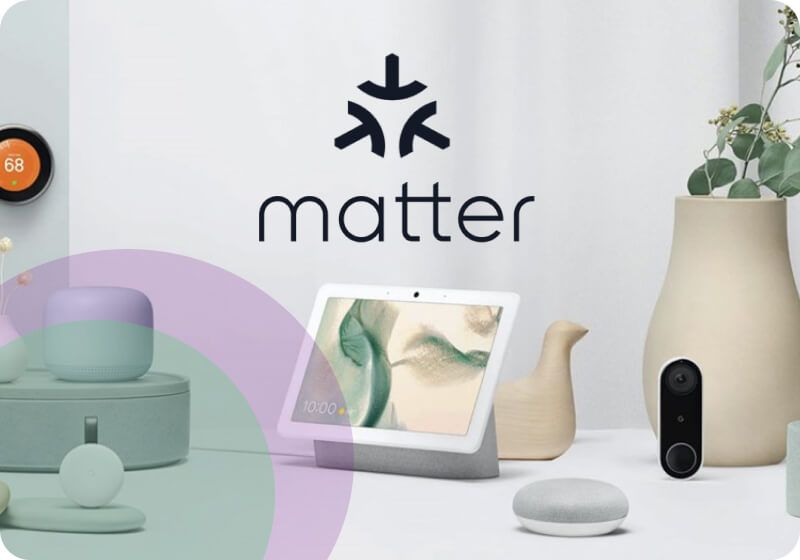
How Matter Changes your Smart Home Life
2 years ago • 4 min read

The busiest lifestyle always promotes finding new ways to improve and make life more easier. Transforming management of everything including home appliances and systems remotely is now becoming a trend. But what makes it more easy is the ability to control all the smart home devices from one single place. This is where the universality of ‘Matter’ becomes all that matters.
What is Matter?
Matter can be simply expressed as a new smart home standard protocol built by the Connectivity Standards Alliance. The software is supported by many platforms including Apple, Samsung, Google, and Amazon. It can be used commonly to communicate between different smart home devices and works well with any high-bandwidth or low-bandwidth device.
Why is Matter created?
Well, no one wants to use several applications and different methods to control smart home appliances remotely. That is of course messy. So having a hub that is dedicated to linking up all the devices and working under their ecosystem became more important.
This is why all these companies who build smart home devices decided to make the entire system easier for the consumers as well as the manufacturers. The main goal of Matter is to be a compatible protocol to make sure that all smart home devices can work across different environments.
Check more: How to add any smart home devices to Apple HomeKit
Will the available devices be updated with Matter?
This would be the next important question that anyone would have by now.
Well, many of the companies have announced that they will be manufacturing new smart home devices that are enabled to Matter protocol. But will your existing devices get supported?
Need to know about how matter protocol works? Check on: How Does Matter Smart Home Protocol Work?
Matter can be a very promising addition to the smart home world. It is a new option that has a lot to offer. The manufacturers are currently producing more devices that support this incredible technology. Since bringing all the smart home devices together is a challenge, Matter will likely be giving answers to build up better smart homes in the near future.
How will Matter be involved with Google, Apple, Samsung and Amazon?
Matter has become the shepherd of the large companies that produce smart home brands. Matter protocol plays a big role within these smart home devices which leads them to move forward.
Google Home
Google is in the midst of updating all its smart home devices to be compatible with Matter home automation. They have updated Google Home and some other Android devices to support Matter. It uses the protocol to communicate with other smart home devices that are connected.
With this, users are able to use voice commands with the help of Google Assistant to control the other connected devices. This can include lights, temperature sensors, speakers, and any other device that is remotely connected to the smart home assistant.
Additionally, Matter also enables Google Home to integrate with different smart home devices through the Google Home application. The monitoring and routine creation and all other settings can be automated through these matter-enabled devices. Google Home users are able to enjoy a seamless and interoperable experience across different devices from different manufacturers.
See more: How to add any Google Home / Nest Matter devices to any smart home system
Alexa
Alexa, which is a voice assistant developed by Amazon, also now works with Matter. When a user gives a voice command to Alexa, the request will be sent to AVS (Alexa Voice Service). Then the AVS is designed to use the Matter protocol to communicate with any type of smart home device that the user wishes to communicate with.
Alexa can also provide feedback through Matter to the user once the smart home device has executed the command. With a simple voice command, Alexa can be used to control any smart home device now despite of the manufacturer, all thanks to Matter.
HomeKit
Home Kit is developed by Apple, aiming for the goal of handling their devices via smart control. All their Apple devices including iPhones, iPads, and Apple Watches are able to do this. But what if the smart home devices are not compatible with Apple? This is where the manufacturers decided to include Matter support in their devices.
With the integration of Matter into the Home Kit, users are able to manage all the smart home devices in one place. This means that they are able to control the smart home devices using an Apple device, even if they have a mix of Home Kit and Matter devices. This offers a comprehensive smart home ecosystem.
Also using Matter with Home Kit is secure and reliable. It makes the devices more difficult to be hacked. So the sensitive information will be guaranteed safety.
Samsung SmartThings
This is a popular platform used to control and manage smart home devices. And now Samsung has integrated the Matter protocol into its platform. It now provides users with a seamless performance. SmartThings has the ability to recognize the Matter smart home devices and automatically add them to the user’s app. So the usage of the Matter smart home devices and the SmartThings devices will be streamlined.
Matter will eliminate the need for several hubs to control smart home devices manufactured by various companies. This means that SmartThings users will have access to a wider range of devices where they can enjoy a comfortable experience.
FAQs
Matter uses Internet Protocol (IP) to communticate between devices. The devices that comply with Matter use ethernet, Wi-Fi or thread.
The products include lights, heating, sensors, homeware, door locks etc.
Yes. The Matter is connected to other smart home protocols through bridges. These bridges can translate from Matter to other protocols. This allows the contibued usage of existing devices.
You have to stay up to date with the new releases and updates of Matter through the official website and other official sites. And Matter updates through over-the-air (OTA) updates.
Security is one of the core concerns of Matter. This includes authentication of devices that join the network, message encryption and usage of standard cryptographic algorithms.

